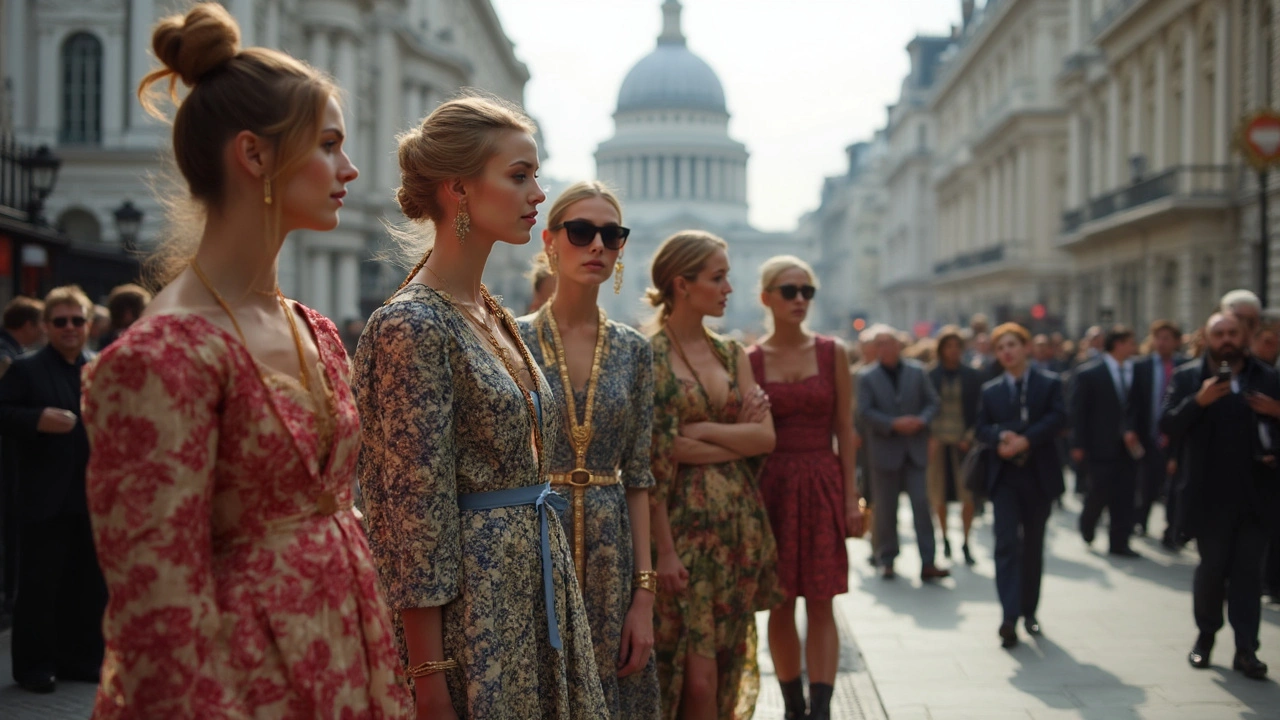Modern elegance blends clean modern lines with selective classic details to create spaces that feel both fresh and refined.
Start by choosing a calm palette — think warm whites, soft grays, and one deep accent color. Keep furniture shapes simple, favoring low profiles, subtle curves, and quality materials like oak, brass, or leather. Swap heavy patterns for texture: a linen sofa, a wool throw, or a matte plaster wall adds depth without noise.
Use architectural elements as anchors. Columns, arches, or a carved mantel borrowed from classical styles can ground a room when balanced with minimalist finishes. If you love gothic or baroque drama, pick a single statement piece — a spired mirror or a carved chair — and let the rest stay quiet. That’s how designers mix history with modern calm without anyone feeling overwhelmed.
Lighting teaches elegance fast. Layer overhead light with wall sconces and table lamps. Use dimmers to change mood. Choose fixtures that read as sculptural in daylight and glow gently at night. In kitchens and bathrooms, pick streamlined metal finishes in warm tones like brushed brass or muted bronze to keep surfaces cohesive.
Scale and proportion matter more than you think. A big sofa in a small room kills the vibe, while a small piece in a vast space looks lost. Measure before you buy and plan sightlines — can you move through a room without bumping into furniture? Aim for balanced negative space around main pieces so the layout breathes.
Materials should age well. Solid wood, natural stone, and metal patinas develop character. Avoid cheap laminates and glossy plastics where possible. If budget is tight, invest in a few lasting items like a sofa, a rug, and lighting, then layer in affordable accents over time.
Two quick styling rules: edit twice and repeat three. Edit twice means remove anything you don’t love, then remove one more item. Repeat three means introduce a shape, color, or texture in three places — that repetition creates cohesion.
Modern elegance works in architecture and decor. Think of a Georgian facade with a minimal steel entrance, or a Craftsman interior with clean built-ins and neutral finishes. Historic details can sit quietly behind modern furniture, and modern forms can highlight classic moldings. That cross-pollination is exactly why styles like Beaux-Arts or Greek Revival still feel relevant today.
Small upgrades, big impact
Small upgrades hit hard. Change cabinet pulls to slim brass, replace outlet covers with low-profile plates, and swap plain switch plates for push dimmers. A new runner or a statement mirror refreshes circulation spaces without major cost.
Keeping it lived-in
Keep a few lived-in touches: layered throws, a small stack of books, and a single plant. Those details stop a minimalist room from feeling cold and make elegance feel human. Start small and experiment.

Rococo Inspired Fashion: A Modern Twist on Classic Elegance
Rococo fashion, known for its lavishness and intricate designs, is making a chic comeback with modern adaptations. This captivating style merges 18th-century elegance with current trends, offering a fresh take for fashion enthusiasts. From bold patterns to rich textures, Rococo-inspired pieces can add a touch of classic sophistication to any wardrobe. Dive into the details of how you can incorporate these styles into everyday wear with effortless modern flair.
Read more